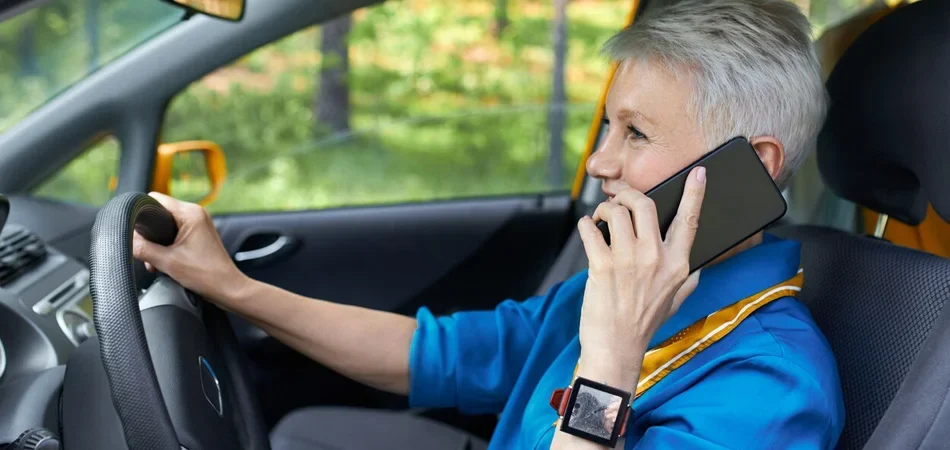Examples of reckless driving

Reckless driving goes beyond breaking the speed limit or not being careful enough behind the wheel. It typically means that the choices that the driver made put others in danger and that it was obvious that they did so. The driver made a choice to engage in that type of behavior even though it increased the risk of a crash.
Examples of reckless driving include things like:
- Racing another car
- Speeding while in a school zone
- Excessively speeding anywhere
- Blocking another car with your own
- Running away from the police
- Intentionally driving the wrong way
- Ignoring the rules of the road that are designed for safety
- Doing stunts in your car while driving on public roads
- Passing another car while in a no-passing zone or while driving up over a hill, where you have no visibility to see if anyone else is coming.
Reckless driving is often very serious and more likely to cause an accident than simply making a mistake. There is a big difference between driving at 60 miles per hour (mph) in a 55 mph zone and driving through a school zone at 100 mph while children are getting off of the bus. This type of recklessness puts people in grave danger, and authorities hold people accountable for intentionally doing things that can harm others.
Many drivers make poor choices. Some are under the influence of alcohol and/or drugs. Others are not. Some are young and don’t realize the ramifications of the choices. Others are older and have never learned. No matter how an accident happens, those who suffer injuries due to the actions of another driver have a right to seek compensation.



